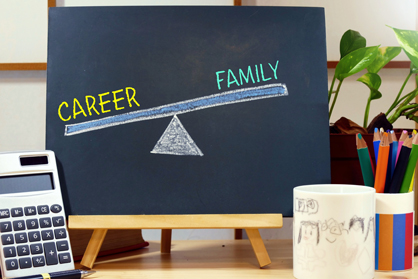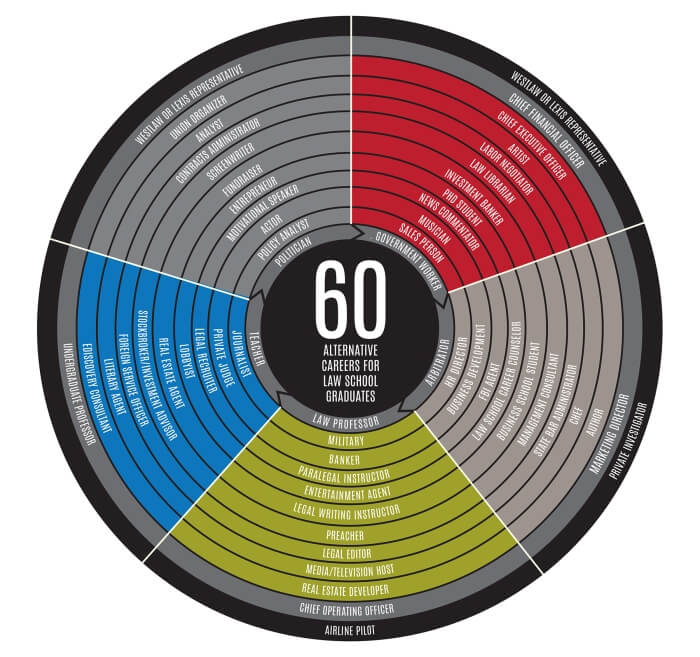A new statistic has been released by the government that says one in four women surveyed have been violently attacked by their husbands or boyfriends. Domestic violence experts do not find this number surprising in the least bit, according to the Huffington Post.
“It’s the first time we’ve had this kind of estimate,” said Linda Degutis, of the Centers for Disease Control and Prevention.
The CDC released the survey on Wednesday, which marks the start of a new annual project to find out how many women say that they have been abused during their lifetime. One in five women in the survey claim rape and attempted rape, with one expert saying that this statistic is extremely high. Half of those cases in the survey did involve intimate partners. All of the claims in the survey were made anonymously, with no research done into documents regarding those claims.
“It’s a major problem that often is underestimated and overlooked,” said Linda James, director of health for Futures Without Violence.
The report from the CDC is randomized and it includes telephone calls with 9,000 women and 7,400 men. The findings of the survey include the following:
Close to 29 million women claim that they have suffered severe physical violence from a boyfriend, spouse, or intimate partner. This violence includes being beaten, stabbed, choked, punched, shot, slammed against something or had their hair pulled.
If slapping, shoving, and pushing are counted; the number grows to 36 million women.
Half of the women in the survey who reported attempted rape or rape claim it occurred when they were age 17 or younger.
Compared to 1 in 10 men, close to 1 in 3 women have experienced physical violence, rape, or stalking by an intimate figure during their lifetime.
Female victims who reported being attacked in these ways experienced health problems. Those problems include asthma, headaches, difficulty sleeping, irritable bowel syndrome and much more.
The states with the highest rates of sexual violence include Oregon, Alaska, and Nevada. The two lowest states include Tennessee and Virginia.
Shannan Catalano is a statistician with the Bureau of Justice Statistics.
“It is an evolving field, and everyone is striving to get a handle on what’s the best estimate,” Catalano said.
For those who work with abused women, the numbers from the CDC do not seem that surprising.
“I think that the awareness is growing,” said Kim Frndak, community educator for the Women’s Rescue Center to End Domestic Violence.
“More and more people are really saying, `Oh, this is something that we need to pay attention to as well,’ because it’s your sister, it’s your mother, it’s your daughter, it’s your son, it’s your brother. Someone in your own circle is being affected by domestic violence, and the effects can be devastating,” she said.









































